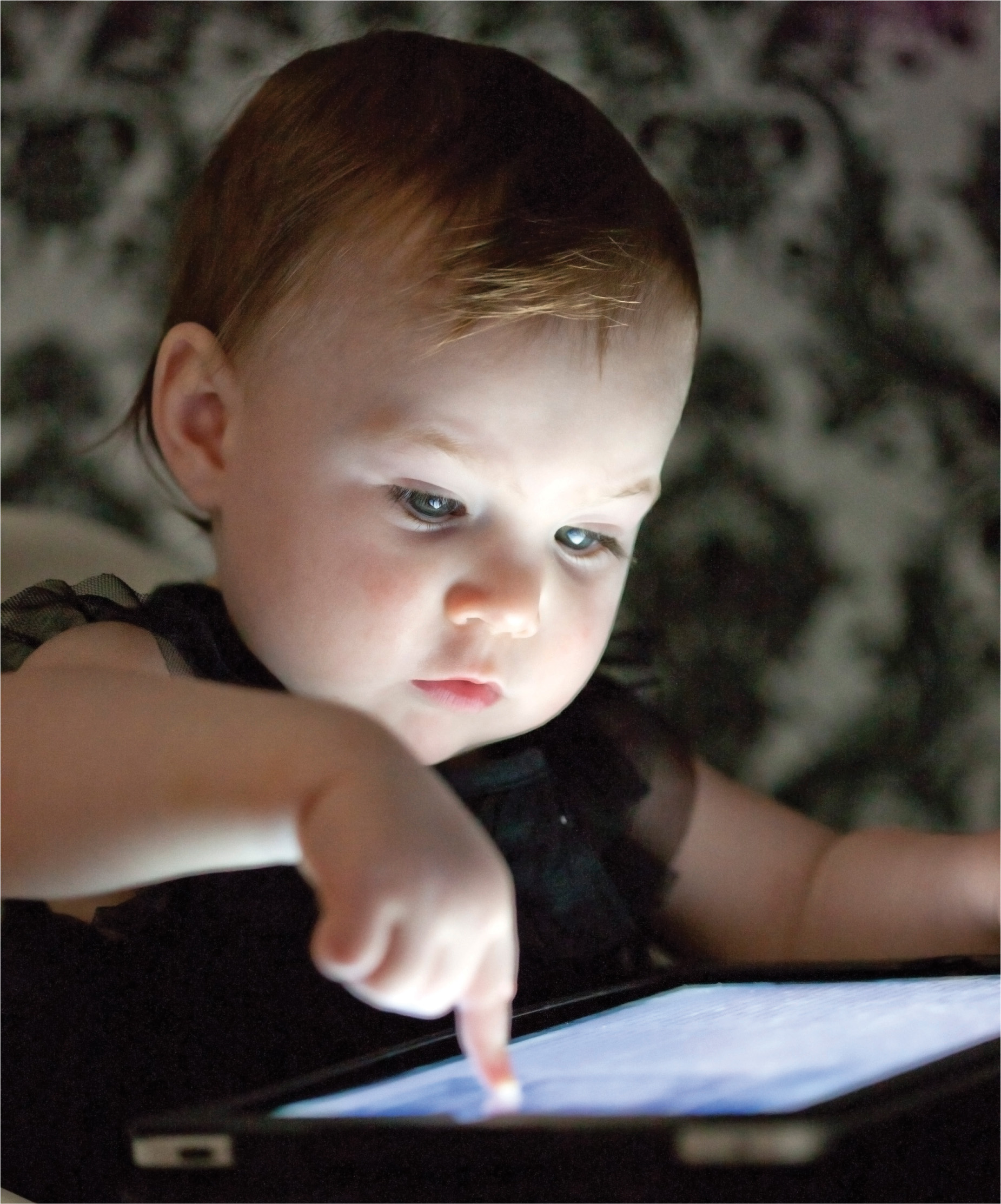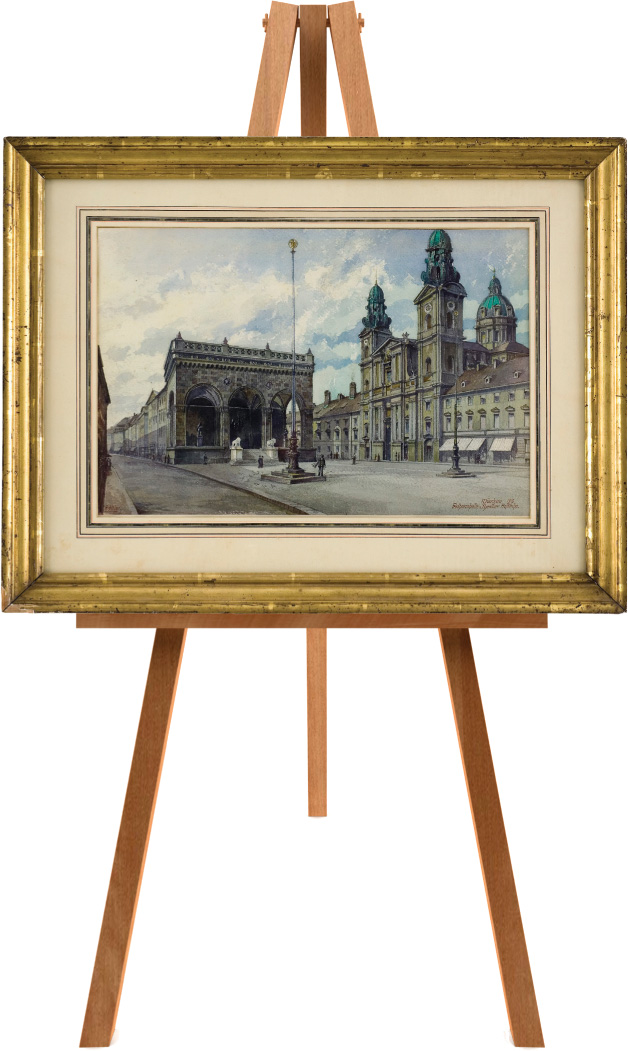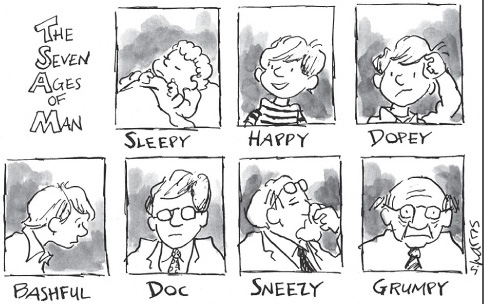Chapter Introduction
11
Development
424

425
His mother called him Adi and showered him with affection, but his father was not so kind. As his sister later recalled, “Adi challenged my father to extreme harshness and got his sound thrashing every day…. How often on the other hand did my mother caress him and try to obtain with her kindness where the father could not succeed with harshness.” Although his father wanted him to become a civil servant, Adi’s true love was art, and his mother quietly encouraged that gentler interest. Adi was just 18 years old when his mother was diagnosed with terminal cancer, and he was heartbroken when she died.
But Adi had little time for grieving. As he later wrote, “Poverty and hard reality compelled me to make a quick decision. I was faced with the problem of somehow making my own living.” Adi resolved to make that living as an artist. He applied to art school but he was flatly rejected. Motherless and penniless, Adi wandered the city streets for 5 long years, sleeping on park benches, living in homeless shelters, and eating in soup kitchens, while trying desperately to sell his sketches and watercolors.
In just 10 years, Adi had achieved the fame he desired, and more. Today his paintings are sought by collectors, who pay significant sums to acquire them. The largest collection of Adi’s work is owned by the U.S. government, which keeps the pieces locked in a room in Washington, DC. The curator of the collection, Marylou Gjernes, once remarked, “I often looked at them and wondered, ‘what if? What if he had been accepted into art school? Would World War II have happened?’” The curator’s question makes sense because while the artist’s mother called him Adi, the rest of us know him as Adolf Hitler.

MAKSYM BONDACHUK/SHUTTER STOCK
426
WHY IS IT SO DIFFICULT TO IMAGINE THE GREATEST mass murderer of the 20th century as a gentle child who loved to draw, as a compassionate adolescent who cared for his ailing mother, or as a dedicated young adult who endured cold and hunger for the sake of art? After all, you didn’t begin as the person you are today, and odds are that you aren’t yet in finished form. From birth to infancy, from childhood to adolescence, from young adulthood to old age, human beings change over time. Their development includes both dramatic transformations and striking consistencies in the way they look, think, feel, and act. Developmental Psychology is the study of continuity and change across the life span, and in the last century, developmental psychologists have discovered some truly amazing things about this metamorphosis.


Let’s start where you started. We’ll first examine the 9-
